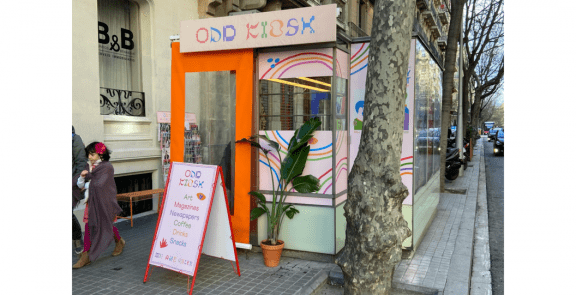

Donuts Now: Want to diversify your business?
IN ONE SENTENCE
Direct-to-consumer (DTC) is an important tool brands in our field have starting using to diversify their businesses, open up new channels and establish a new kind of consumer-brand relationship.
THE KEY STRATEGIC TAKEAWAY:
DTC is about more than ecommerce. This is a business model (primary or secondary) and should be seen as such, with its own value proposition conceived in line with the reality of DTC.
Why is it so attractive?
As we all know, our environment has changed completely. In fact, the pandemic has simply accelerated a series of phenomena that marketing, and consultancy teams have been pointing out for years. One such phenomenon is disintermediation: the result of the eruption of new technologies, new emerging consumer profiles and the appearance of disruptors like Amazon on the scene, which have completely transformed the way we buy and interact with brands.
DTC is one more expression of this phenomenon. As the name suggests, this is about selling direct to consumers without any intermediaries (retailers or other outlets) getting involved. In a way, DTC is an evolutionary step forward from ecommerce.
With DTC, brands create a business model with a value proposition based on this direct sales model. This means brands no longer have the limitation of brick-and-mortar stores. They can also set up subscription services or offer multi-packs or other offerings tailored to the moment of consumption.
Donuts recently launched its own DTC service with Donuts Now. It isn’t aiming to replace traditional sales channels, rather, it represents an additional channel specifically intended for direct sales to consumers. There isn’t just more variety; it has been designed to tap into occasions of consumption (birthdays and other celebrations) and includes a subscription service as well as a gift service.
This business model has many advantages to offer brands. As well as being the perfect tool for obtaining consumer intelligence and preferences – including small-scale innovation testing – it also means you can establish a direct dialogue with consumers and offer a 100% brand-controlled experience. In short, the brand can express its proposition in a much more tangible way.
What problem does it solve?
It facilitates the purchase of products or services you would normally find on traditional channels.
What is the need?
Convenience, Accessibility
What are the strategic opportunities?
- Brand premiumisation
- Portfolio diversification
- Creating a new channel
- 100% control over the experience
- Small-scale product and service testing
- Obtaining consumer intelligence




